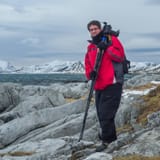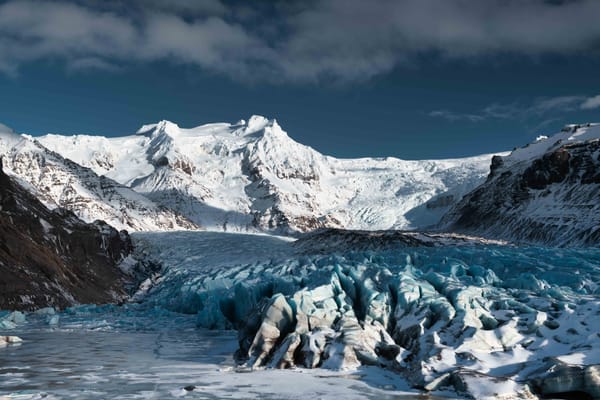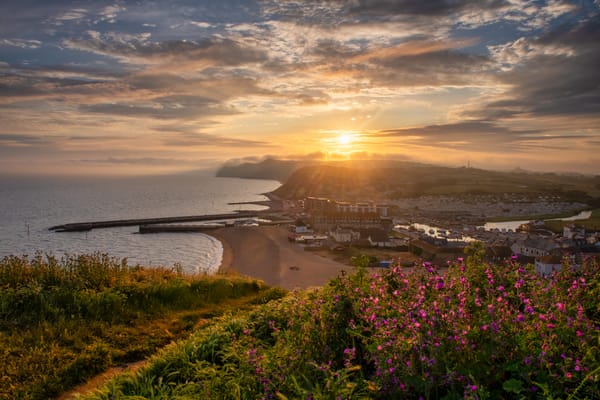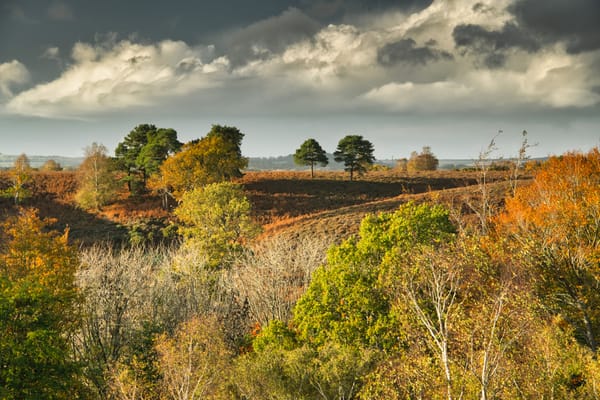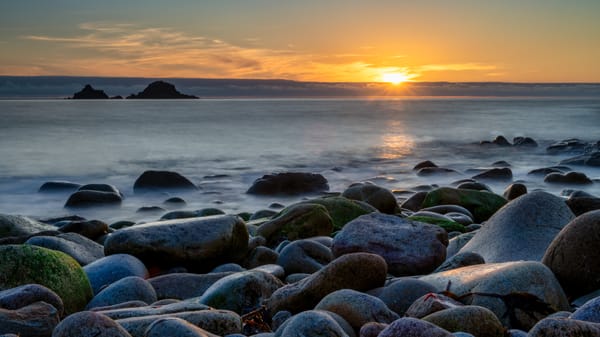Iceland Workshop with Tom Mackie - Day 1 and 2
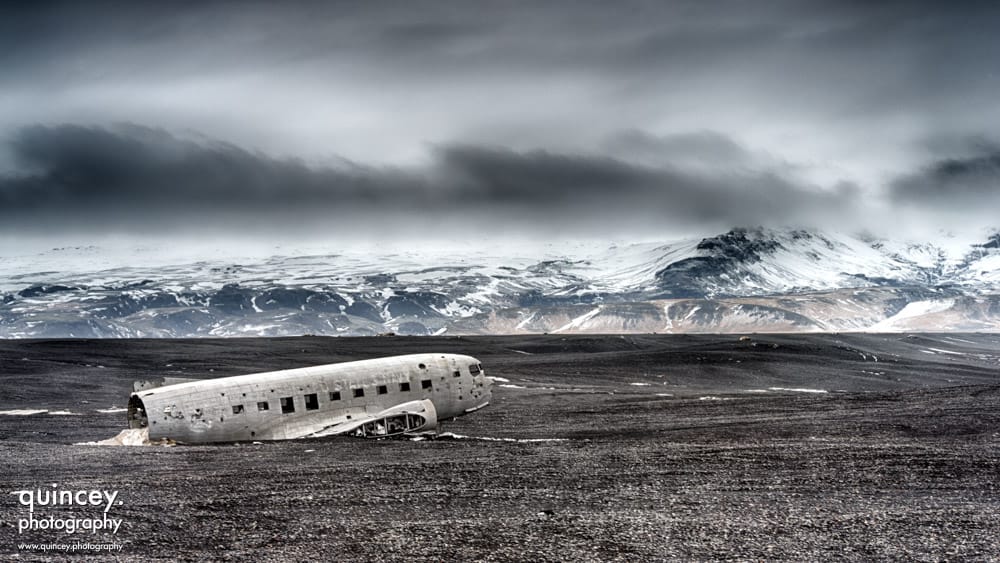
I recently went on a photography workshop run by landscape photographer Tom Mackie along with 4 other photographers to the fascinating, beautiful and sometimes brutal country of Iceland. In one week we experienced first hand Iceland’s changeable weather and even more changeable landscape. We visited frozen waterfalls, abandoned plane wrecks, ice caves inside one of Europes largest glaciers, frozen iceberg lakes, black sand beaches and even braved freezing midnight temperatures to capture one of the most stunning natural sights the world has to offer, the Northern Lights. This series of blogs will document where we want, what we did and most importantly, the shots I took. You can also read the second in the series about day 3 and 4 or skip right to the end and read the last in the series about day 5,6 and 7.
Day 1 – Arrival in Keflavik, Sea Stacks and Öxarárfoss
I arrived at Keflavik International Airport, just south of the capital Reykjavik, in the midst of a minor snowstorm. The wind was howling and the snow was thick on the ground. I thought this was pretty bad, but the worst of the Icelandic weather was still to come. Me and the other photographers met at our B&B for the night. I soon worked out I was going to be in very good hands for my first proper shot (excuse the pun) at Landscape photography, these guys were good. Along with workshop leader Tom Mackie, an American who now lives in the UK, well known for his stunning ‘Angry Aurora’ shot, there was Mike Blanchette, an ex software developer who now shoots stunning landscapes in his home state of New England and anywhere else he can get to, Alistair Wilson, an Australian who also shoots some stunning landscapes along the beautiful Australian coastline (seeing a pattern here?), Paul Harmon, another Australian who used to work in the film and television industry and has an eye for the unusual shots no one else sees, and Peter Looper, a fellow Brit who shoots great wildlife, landscape and aviation photographs and also runs a local camera club (well, we didn’t meet Peter at first, he ended up sleeping on a bench at the Airport for the first night). Looks like I was going to be learning a lot this week.
Our first full day of photographing started in the south west corner of the island. After a bumpy ride through a landscape you could easily mistake for the moon we arrived at the coast by a set of spectacular sea stacks. It was a bit gloomy and overcast but the waves were crashing about so I decided to try out my new Lee Little Stopper 6 stop ND filter to slow down the shutter speed and go for the misty look.


I like the contrast of the dark, angular rocks and soft, white misty sea. The Little Stopper allowed me to slow it down significantly enough to get a nice effect. I won’t claim I knew these would come out like this, as with a lot of what I do, trial and error was the way forward. I did also attempt to get some fast shots to capture the power of the waves but they didn’t come out as I wanted, they were just a bit boring.
After some lunch in the capital Reykjavik we headed to Þingvellir (apparently pronounced ‘Thingvellir’) National Park and went to see the Öxarárfoss waterfall. Once we’d navigated the lethally slippy paths we were greeted with a spectacular half frozen waterfall.


Using the Little Stopper again I was quite pleased to get these with the movement of the water offset against the frozen icicles. Nothing too mind blowing though, after all, this was my first day doing this.
Day 2 – Gulfoss, Seljandfoss and an eerie crashed DC-3
So day 2 began with a trip to Gulfoss, a massive tiered waterfall which forms part of the ‘Golden Circle’ of popular tourist locations including Þingvellir and the geysers of Haukadalur. If you want to see photos though you’re gonna have to look for them yourselves, as when we were there the wind was so strong that the paths closed and you couldn’t even set up a tripod without it blowing away. But it was great to see anyway, and I did get one of Alistair (the lone Canon user in our little group) fighting the wind.

So it was off to another waterfall for us, Seljandfoss, but not before we stopped on the side of the road to photograph these awesomely pretty Icelandic horses.


These guys crop up everywhere and are super friendly, if anything they are a little too friendly, immediately walking up to you and ruining the perfect shot you had. I kept my distance with my favourite lens, the super versatile Nikon 70-200mm f2.8, gave me some lovely soft, falling away focus on the first shot and kept the horses face and wild mane pin sharp in the second.
Anyway, back on the road and off to Seljandfoss. This one was a bit more sheltered but there were a lot more people there. The only problem was the snow had started, and the shot I was attempting to get involved pointing the camera up. Needless to say that didn’t end well, with no amount of lens covering and wiping able to combat the relentless snow. I did manage to get one half interesting shot that included the blurred figures of three of our group stood on the bridge by the waterfall. Would have liked to have got the left side of the river in the shot as well but by that point I was ready to get back to the van and dry off (I half fell in the river mistaking relatively thin ice for solid ground).

The next part of our journey (ignoring a third waterfall that was chocka with people) involved a little cross country drive to the site of a crashed US Navy DC-3 plane by the beach at Sólheimasandur. In 1973 the pilot of the DC-3 switched to the wrong fuel tank and was forced to make a crash landing after it ran out of fuel. Everyone survived but the plane was abandoned and the shell still remains there today, albeit stripped off it’s tail which is rumoured to have been sold by a local farmer. It’s a truly surreal sight seeing this still fairly well preserved husk of a plane surrounded by nothing but black sand quite literally in the middle of nowhere. The sky was very gloomy but we made the best of it and got some nice atmospheric shots including the stunning mountainous backdrop, as well as a quick group shot on the wing, of course.


It was a great spot to visit and something I really did not expect to see. A great way to round off day one and two. Not too many shots to show for them thanks to the weather, but plenty learnt regardless. We also soon learnt that the weather we’d had so far was just a taster for day three.
